The Mongol Empire was the largest contiguous land empire in history, and at the heart of it all was one man: Genghis Khan. Born as Temujin in the harsh Mongolian steppes, his rise from an outcast to the ruler of the known world is the stuff of legend. But how did he do it?
What made the Mongols so unstoppable? And what was the ultimate legacy of this nomadic empire?
Table of Contents

The Early Years of Temujin
Genghis Khan was not born into power. In fact, his early years were full of struggle and hardship. After his father, Yesugei, was poisoned by rival Tatars, Temujin and his family were abandoned by their own people. They lived in extreme poverty, relying on fishing and foraging to survive. This period of adversity shaped the young leader into a hardened warrior.
Determined to reclaim his birthright, Temujin slowly built alliances among the Mongol tribes. He understood that unity was the key to power, and he cleverly played rival factions against each other to rise to dominance. By the early 13th century, he had consolidated the Mongolian tribes and was declared “Genghis Khan,” meaning “universal ruler.”
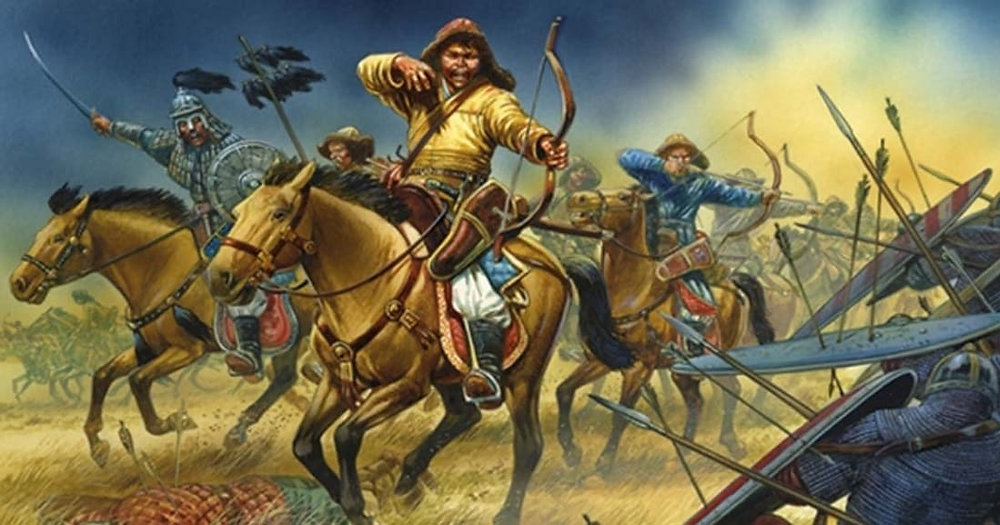
Conquest of the Steppe and Beyond
With the Mongolian tribes united, Genghis Khan set his sights beyond the steppes. His first major campaign was against the Western Xia Dynasty in northern China. Using superior cavalry tactics, psychological warfare, and brutal efficiency, the Mongols crushed the Xia forces and forced them into submission. This was just the beginning.
Next came the mighty Jin Dynasty, rulers of northern China. Despite being vastly outnumbered, the Mongols outmaneuvered the Jin armies, using feigned retreats, encirclements, and superior horsemanship to devastating effect. By 1215, the Mongols had captured the Jin capital, Zhongdu (modern-day Beijing).
But Genghis Khan was not content with merely dominating China. His empire needed to expand westward. When the Khwarezmian Empire, a Persian Muslim dynasty, foolishly executed Mongol trade envoys, they sealed their fate. Genghis Khan launched a full-scale invasion, annihilating Khwarezmian cities with ruthless efficiency. Cities that resisted were obliterated, their populations massacred. The Mongols’ reputation for terror spread far and wide.
The Mongol War Machine
So, what made the Mongols such an unstoppable force? Several factors contributed to their success:
- Superior Tactics: The Mongols were masters of mobility, deception, and adaptability. They used feigned retreats to lure enemies into ambushes and had an unparalleled ability to adapt to different terrains.
- Discipline and Organization: Unlike other nomadic groups, Genghis Khan enforced strict military discipline. His armies functioned with precision, utilizing a decimal system for organization.
- Incorporation of Conquered Peoples: Instead of simply massacring all skilled artisans, engineers, and administrators, the Mongols absorbed them into their empire, strengthening their own capabilities.
- Brutal Psychological Warfare: The Mongols’ reputation for destruction made many cities surrender without a fight. Those that resisted were utterly destroyed.
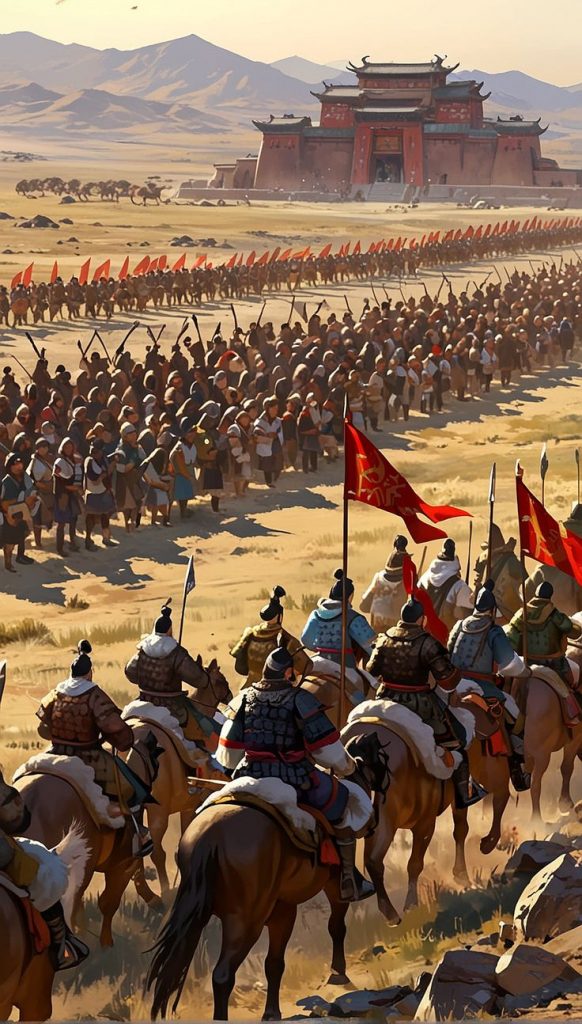
The Death of Genghis Khan and the Division of the Empire
Genghis Khan died in 1227 under mysterious circumstances, possibly from injuries sustained in battle or an illness. His empire, however, did not die with him. It was divided among his sons into four major khanates:
- The Golden Horde (Russia and Eastern Europe)
- The Chagatai Khanate (Central Asia)
- The Ilkhanate (Persia and the Middle East)
- The Yuan Dynasty (China, ruled by Kublai Khan, Genghis Khan’s grandson)
Each of these khanates expanded and ruled vast territories, but internal divisions and external pressures would eventually lead to the empire’s fragmentation.
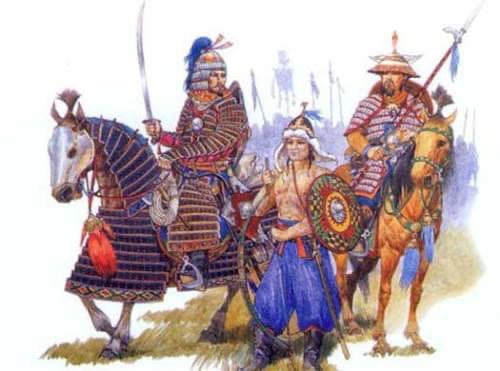
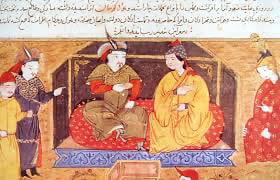
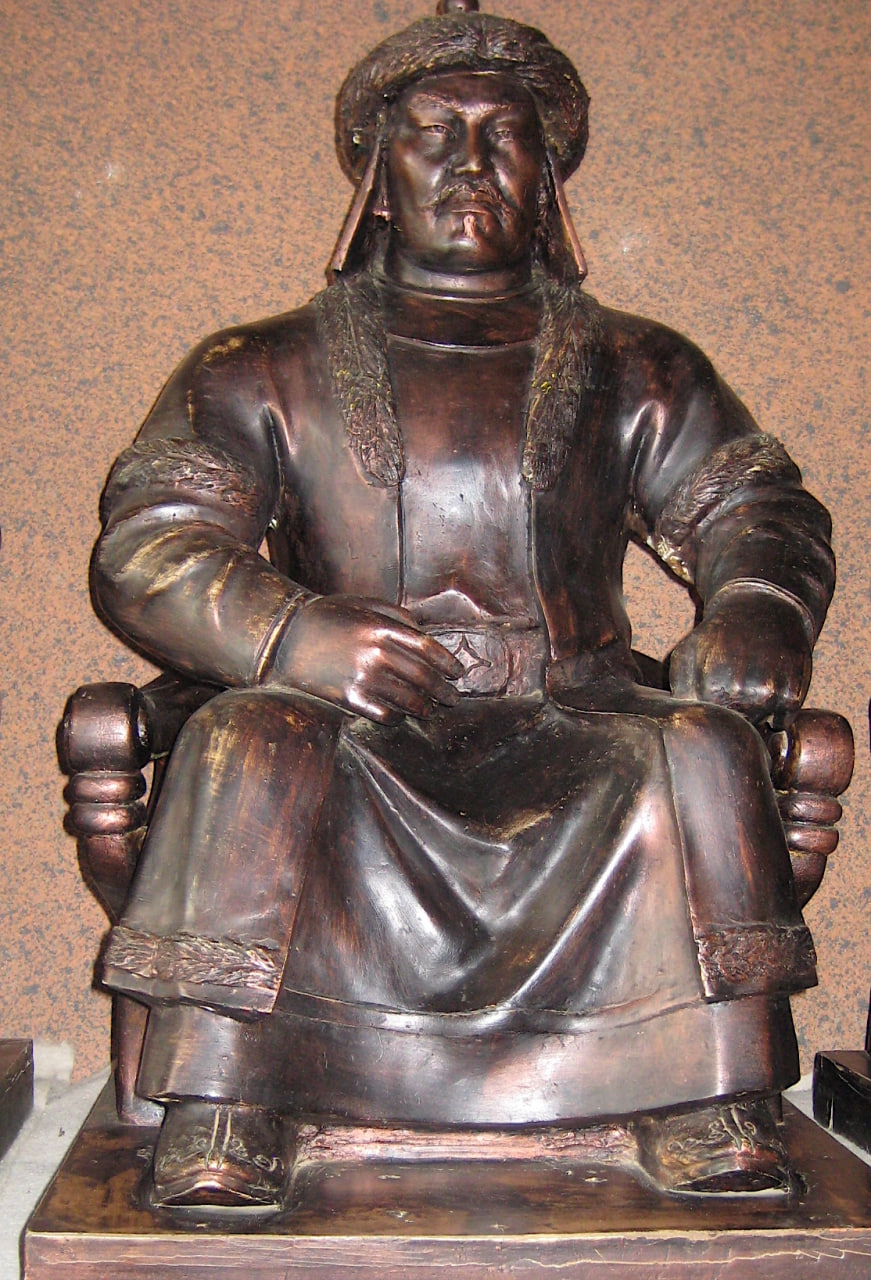
The Mongol Legacy
The Mongols reshaped the world. Their conquests facilitated trade along the Silk Road, leading to unprecedented cultural and economic exchange between East and West. They introduced new technologies, spread ideas, and even contributed to the early development of the modern postal system.
However, their legacy is also one of destruction. Cities like Baghdad, Samarkand, and Kiev were decimated. Millions died in their campaigns, and their empire, while vast, was ultimately short-lived.
But one thing remains clear: The founder of the Mongol Empire was Genghis Khan, and his impact on history is undeniable. His name still invokes fear, respect, and fascination across the globe.
And let’s not forget one of the more amusing legacies of the Mongol Empire—Genghis Khan was so prolific that it’s estimated around 16 million people alive today are his direct descendants. That means if you’re in a crowded room, chances are, at least one person in there shares DNA with the Great Khan himself! As my grandmother used to say he liked to “spread a little happiness”.
In Mongolia today, Genghis Khan is revered as a national hero, his face adorning everything from vodka bottles to statues. Many Mongolians genuinely believe the world sees him as a revolutionary leader who united nations, rather than, you know, a guy who killed tens of millions. Keep this in mind if you are in Mongolia drinking said vodka…
The Mongol Empire eventually dissolved, but its echoes can still be felt today. Whether as ruthless conquerors or the facilitators of global trade, the Mongols left an indelible mark on history. And it all began with one man—Genghis Khan.
Clicks the links for our Mongolia Tours and China Tours.





